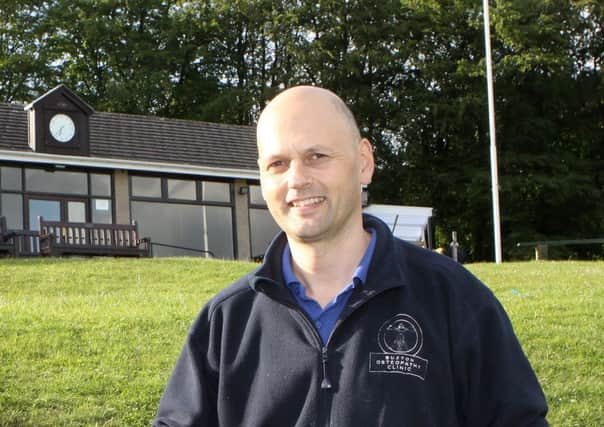GET ACTIVE COLUMN: Runner’s knee


Runner’s knee is known as Patellofemoral Pain Syndrome (or PFPS).
This is the single most common running injury accounting for up to 20% of all injuries.
Advertisement
Hide AdAdvertisement
Hide AdWhen the kneecap (or patella) moves with your thighbone (or femur) while you run the constant friction and stress imposed can serve to irritate the patella and its immediate anatomy.
Some of this friction is also because the patella serves as a pulley for one of the largest and most powerful of muscle groups in the body, this is the thigh muscle (or quadriceps femoris).
Once irritated a common characteristic of patella pain is varying levels of discomfort and tenderness surrounding or behind the patella itself. This pain will be typically exacerbated by steps or hills, uneven terrain or by motions such as squatting and typically becomes progressively more intense during running.
Pinpointing a single cause for runner’s knee can generally be difficult.
Advertisement
Hide AdAdvertisement
Hide AdBiomechanical issues are important to consider while muscular causes such as tight hamstrings and calf muscles can cause pressure on the knee.
Key to prevention and treatment is immediately reducing workload and cutting back on mileage to enable healing to commence.
Having your footwear checked so that it is appropriate with your foot type and gait is also important.
Also, strengthening your quadriceps will improve patella tracking and stretching your hamstrings and calves (foam rolling) will help prevent inward rolling of the foot).
In some instances resolution may be quick but in general, with exercise, it may take four to six weeks.